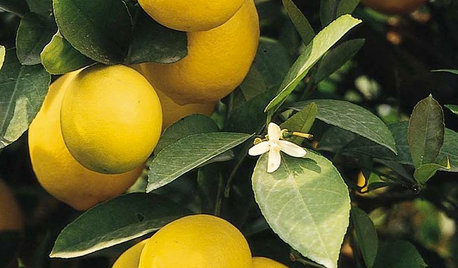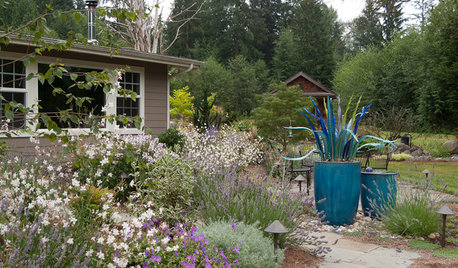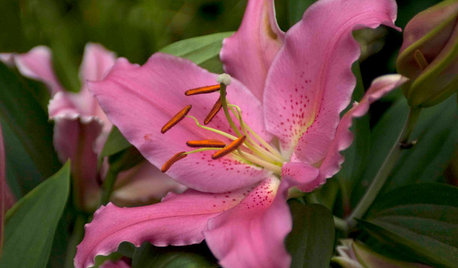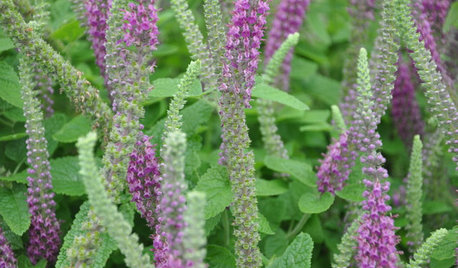Specific micronutrients for fragrance?
whitejade
18 years ago
Related Stories

CALIFORNIA GARDENINGCalifornia Gardener's February Checklist
Celebrate 5 California classics: plants that defy winter with bright flowers, luscious fragrance and, for some, delicious taste
Full Story
GARDENING GUIDES5 Easy Plants for a Romantic Entry Garden
Abundant flowers, a heady fragrance and striking foliage combine for a romantic front-yard garden that's deceptively low maintenance
Full Story
FLOWERSGreat Design Plant: Lilies
Try these delightfully exotic stunners for paintbox colors, deep fragrance and intricately detailed petals
Full Story
GARDENING GUIDESTop 12 Summer-Blooming Perennials for Deer-Resistant Drama
Can you have garden color, fragrance and exciting foliage with hungry deer afoot? These beauties say yes
Full Story
SIDE YARD IDEASNarrow Trees for Tight Garden Spaces
Boost interest in a side yard or another space-challenged area with the fragrance and color of these columnar trees
Full Story
HOUZZ TOURSMy Houzz: A Musical Couple's Home Strikes a Personal Chord
Light, glass and many musical instruments animate this 1905 bucolic Washington farmhouse
Full Story
ARTFrom the Artist: How to Make a Real Mobile
It’s all in the balancing points: A top mobile designer shows how to create a Calder-inspired installation of your own
Full Story
GARDENING GUIDESGreat Design Plant: Asclepias Incarnata for a Butterfly Garden
Beautiful swamp milkweed makes it easy to help monarchs and other pollinators in eastern U.S. gardens
Full Story
FEEL-GOOD HOME9 Smells You Actually Want in Your Home
Boost memory, enhance sleep, lower anxiety ... these scents do way more than just smell good
Full Story
GARDENING GUIDES6 Captivating Roses for an Alluringly Fragrant Garden
Perfume your garden with aromas from richly spicy to lightly sweet, without sacrificing an inch of color
Full StoryMore Discussions







The_Mohave__Kid
whitejadeOriginal Author
Related Professionals
Beachwood Landscape Architects & Landscape Designers · East Rancho Dominguez Landscape Architects & Landscape Designers · Fitchburg Landscape Architects & Landscape Designers · Gainesville Landscape Contractors · Wakefield Landscape Contractors · Tempe Landscape Contractors · Broomfield Landscape Contractors · New Providence Landscape Contractors · Pueblo West Landscape Contractors · West Haverstraw Landscape Contractors · Whitehall Landscape Contractors · Syracuse Fence Contractors · Evanston Fence Contractors · Tulsa Fence Contractors · Van Nuys Fence Contractorsrhizo_1 (North AL) zone 7
chaman
rhizo_1 (North AL) zone 7
The_Mohave__Kid
rhizo_1 (North AL) zone 7
The_Mohave__Kid
whitejadeOriginal Author
rhizo_1 (North AL) zone 7
chaman
wild_rose
susanzone5 (NY)
admmad
georgez5il
chaman
whitejadeOriginal Author
admmad
admmad
admmad
The_Mohave__Kid
whitejadeOriginal Author
admmad
whitejadeOriginal Author
admmad
whitejadeOriginal Author
maineman
organic_farmer_bob
whitejadeOriginal Author